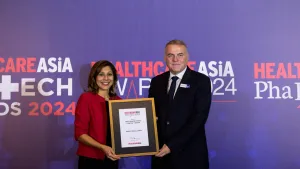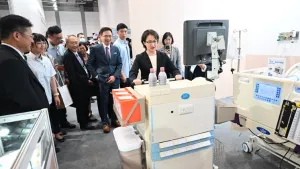
Infrastructure initiatives boost traditional Chinese medicine production
Demand for traditional Chinese medicine is rising in developed economies.
Infrastructure initiatives such as the Belt and Road Initiative as well as the overseas Traditional Chinese Medicine centers are tipped to boost the manufacturing capacity for traditional Chinese medicine, a report from insightSLICE revealed.
Over the past few years, there has been a rise in the demand for more inexpensive traditional Chinese medicines in several emerging economies in Asia Pacific and East Asia due to the rise in sales of the local drug manufacturing industry.
Amongst the developed economies, there has been a rise in demand for traditional Chinese medicine formulations, but at a slower rate as compared to what it is being experienced in the emerging economies.
“The government initiatives in these countries are generating revenues derived from traditional Chinese medicine and non-traditional Chinese drug manufacturing and associated healthcare services, such as the countries in the countries of India, China, Brazil, and some of the African countries, aiding to the growth of the traditional Chinese medicine market,” the report said.
Furthermore, the number of the geriatric population has been rising across the globe. Alongside this, the improved disposable income of a majority of the people across the world is expected to drive the growth of the market.
There are currently 3,000 operating enterprises engaged in processing traditional Chinese medicine. Such medicine accounted for 40% of China’s pharma market in 2019.


















 Advertise
Advertise


